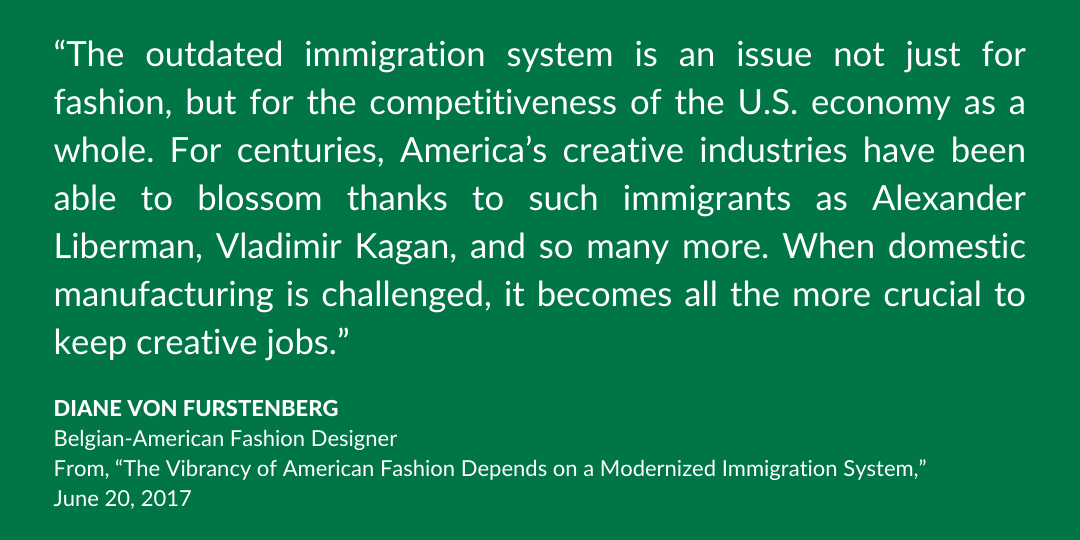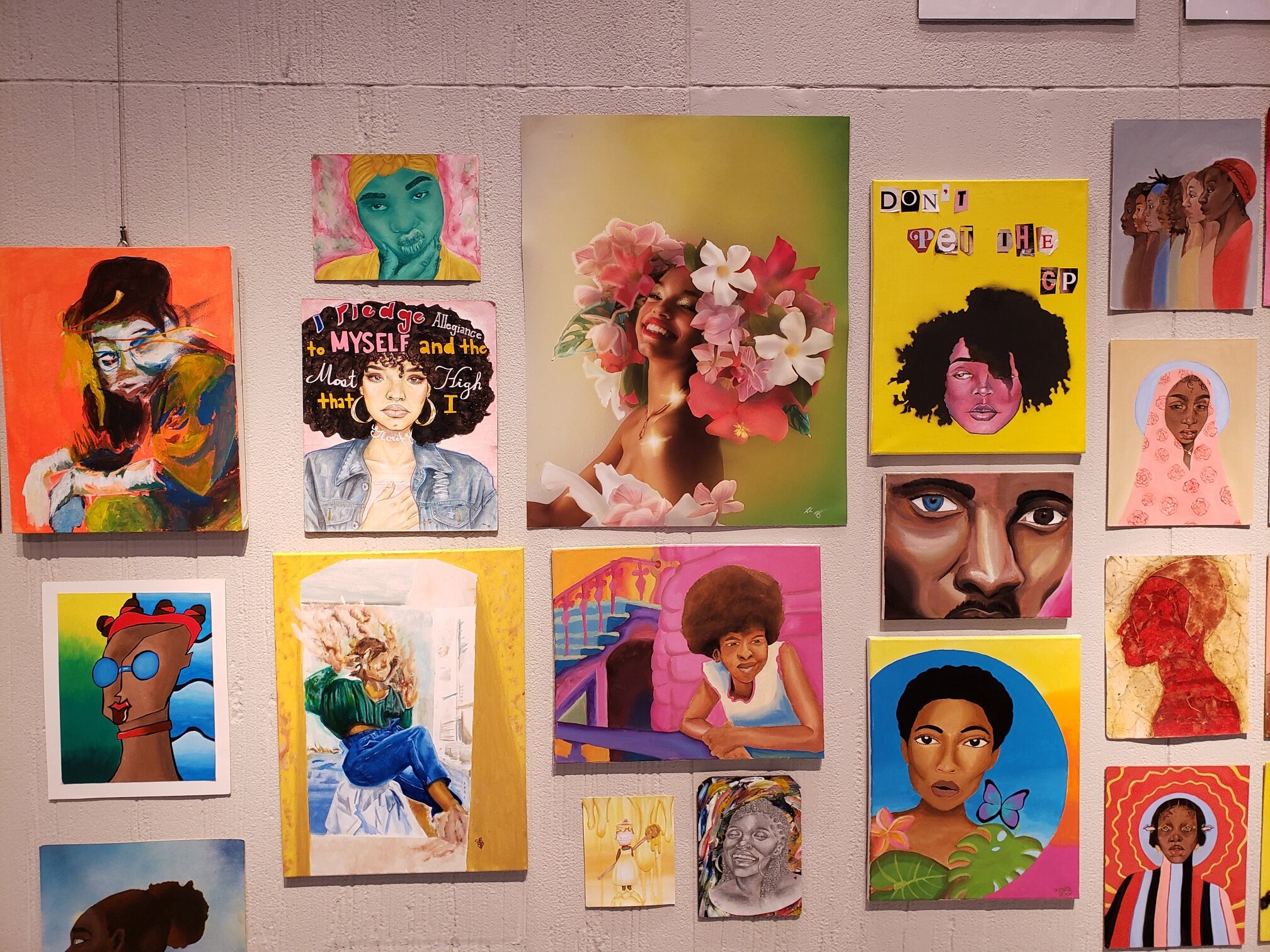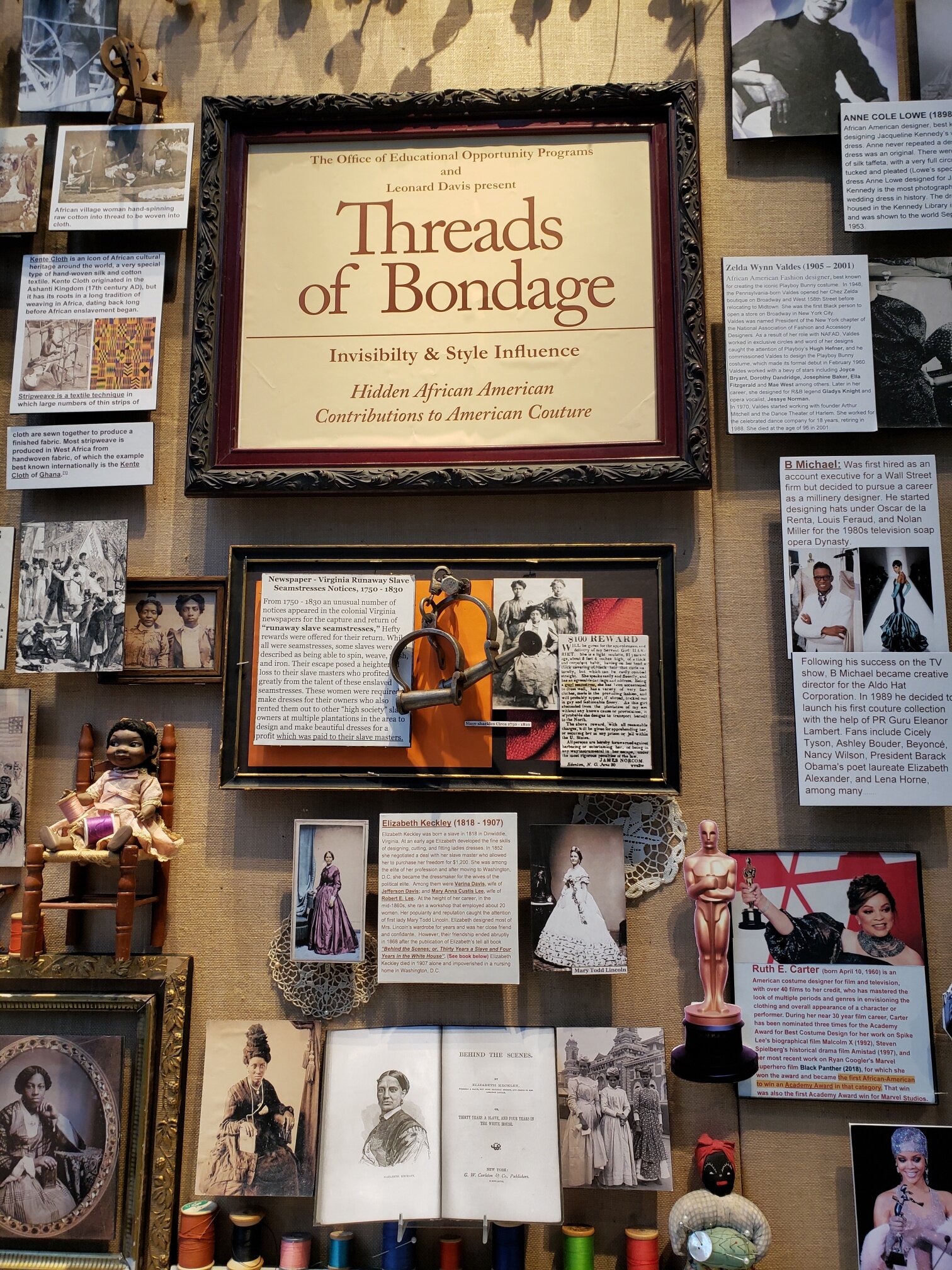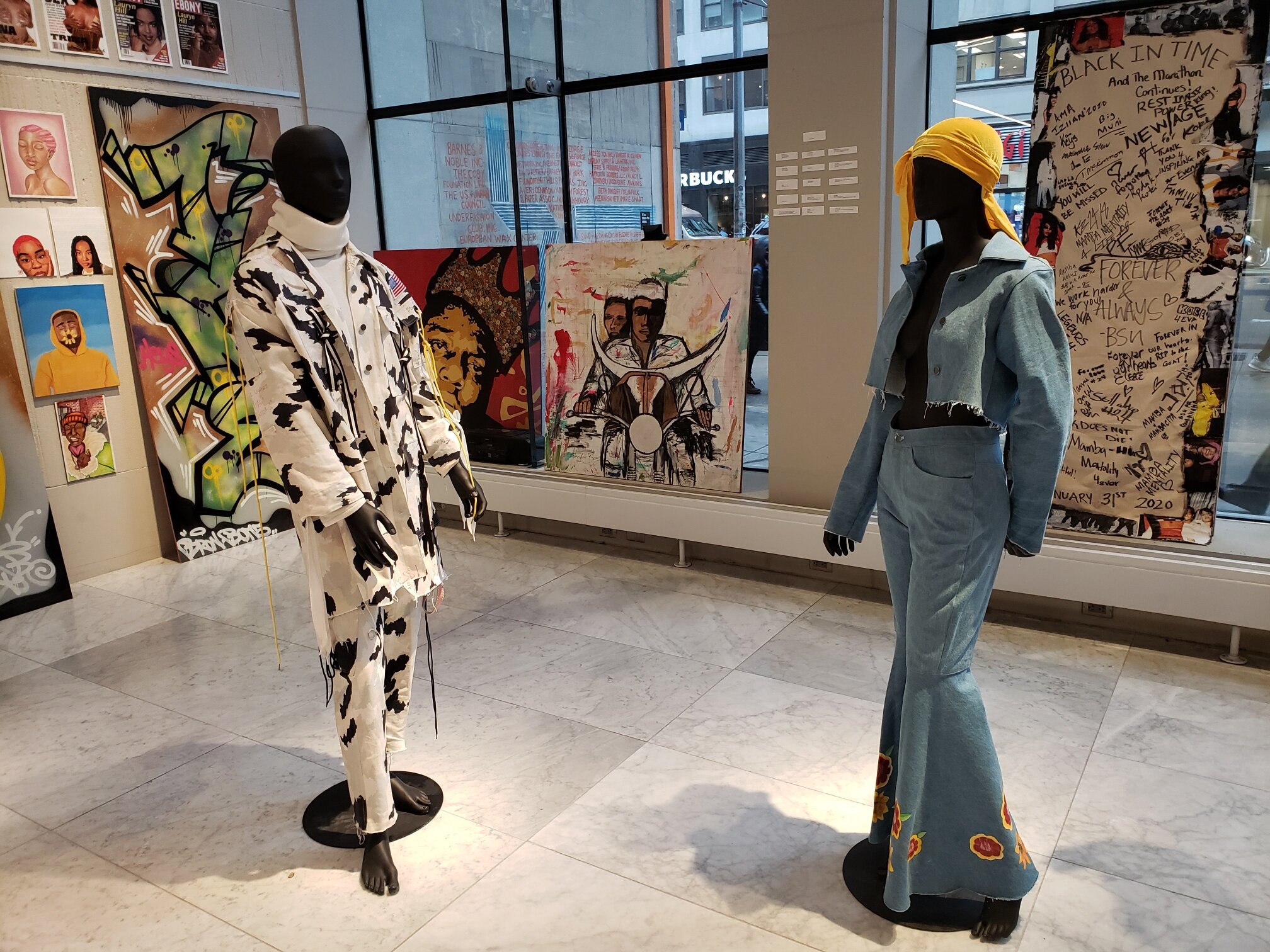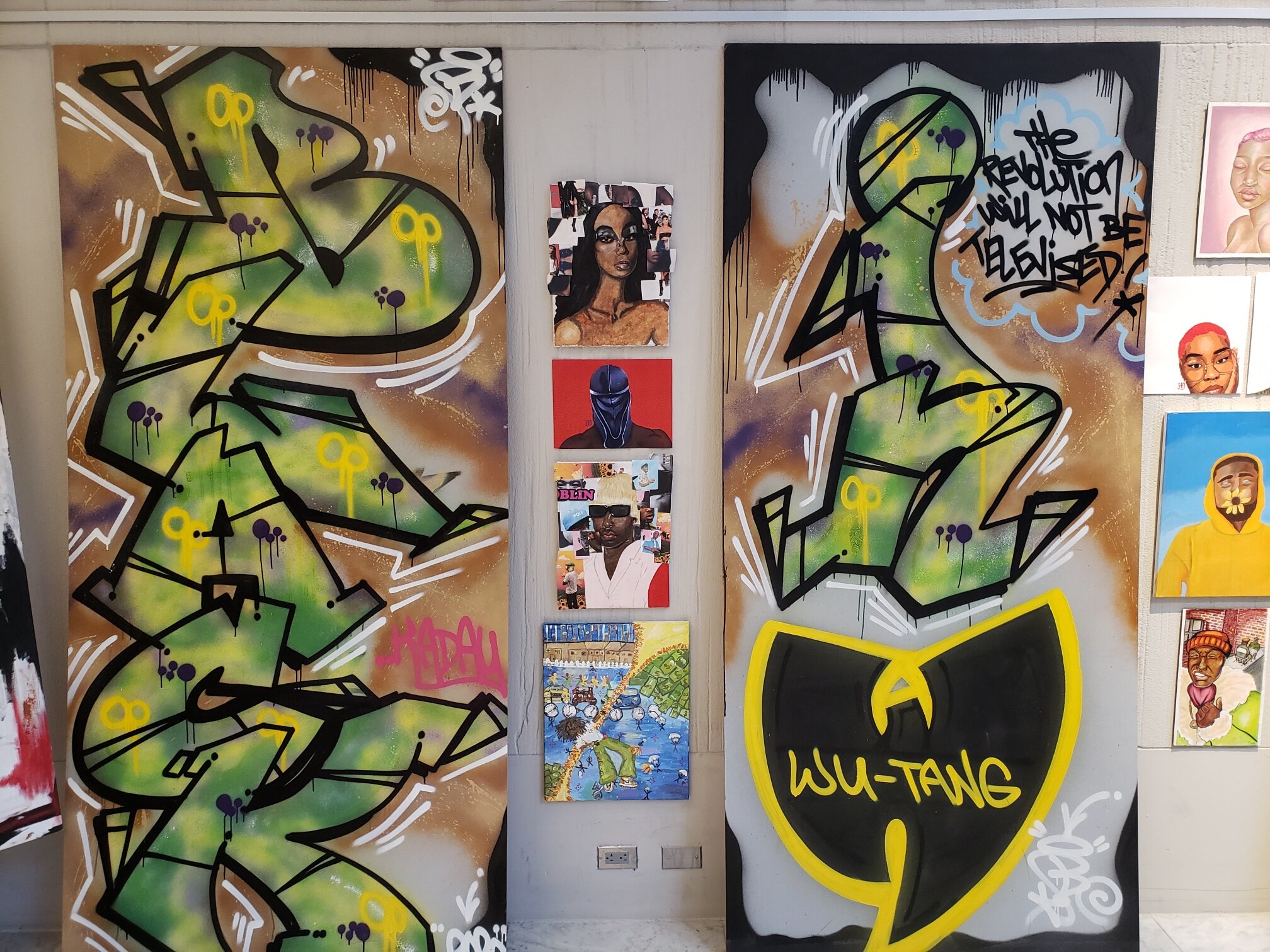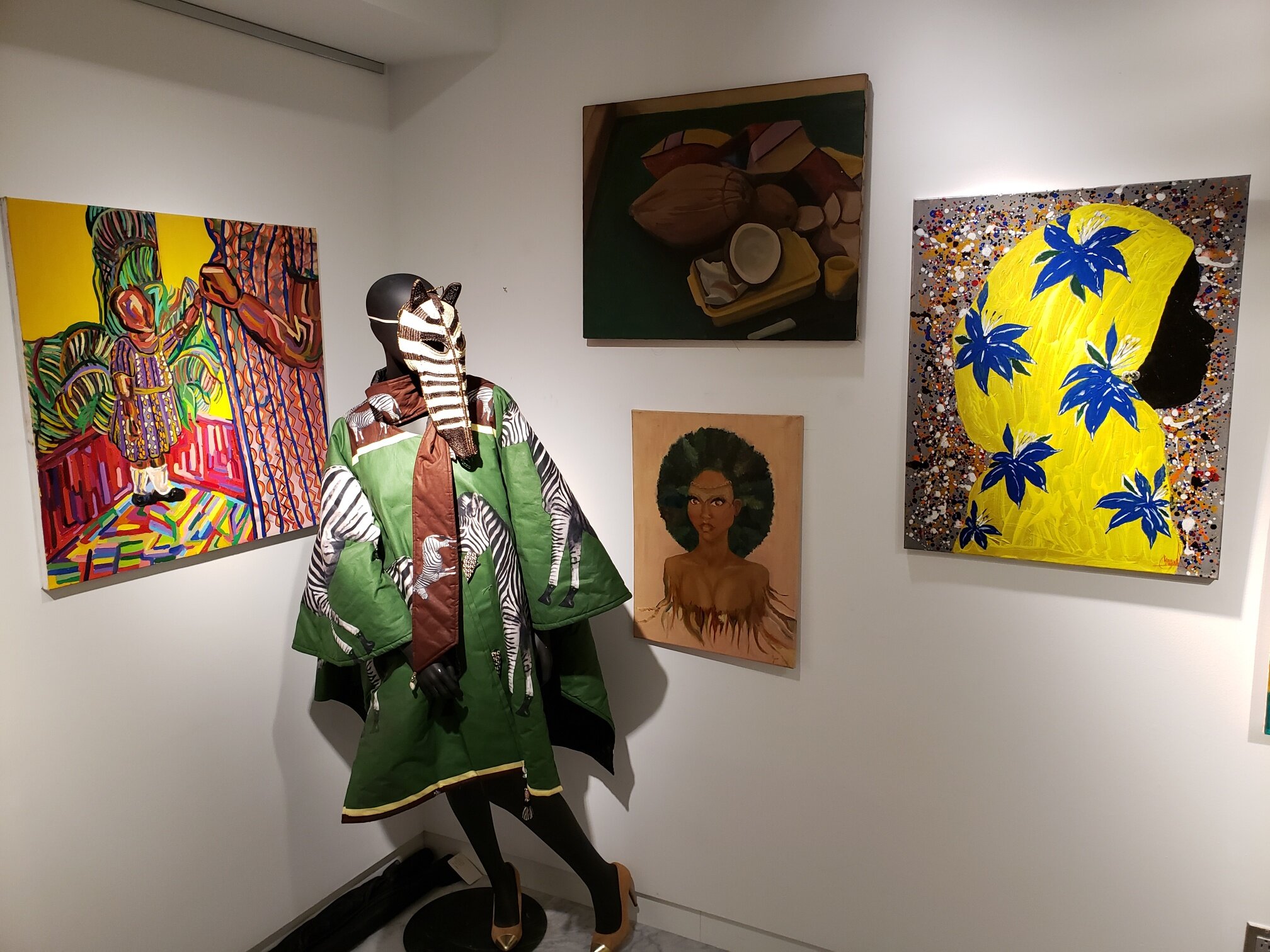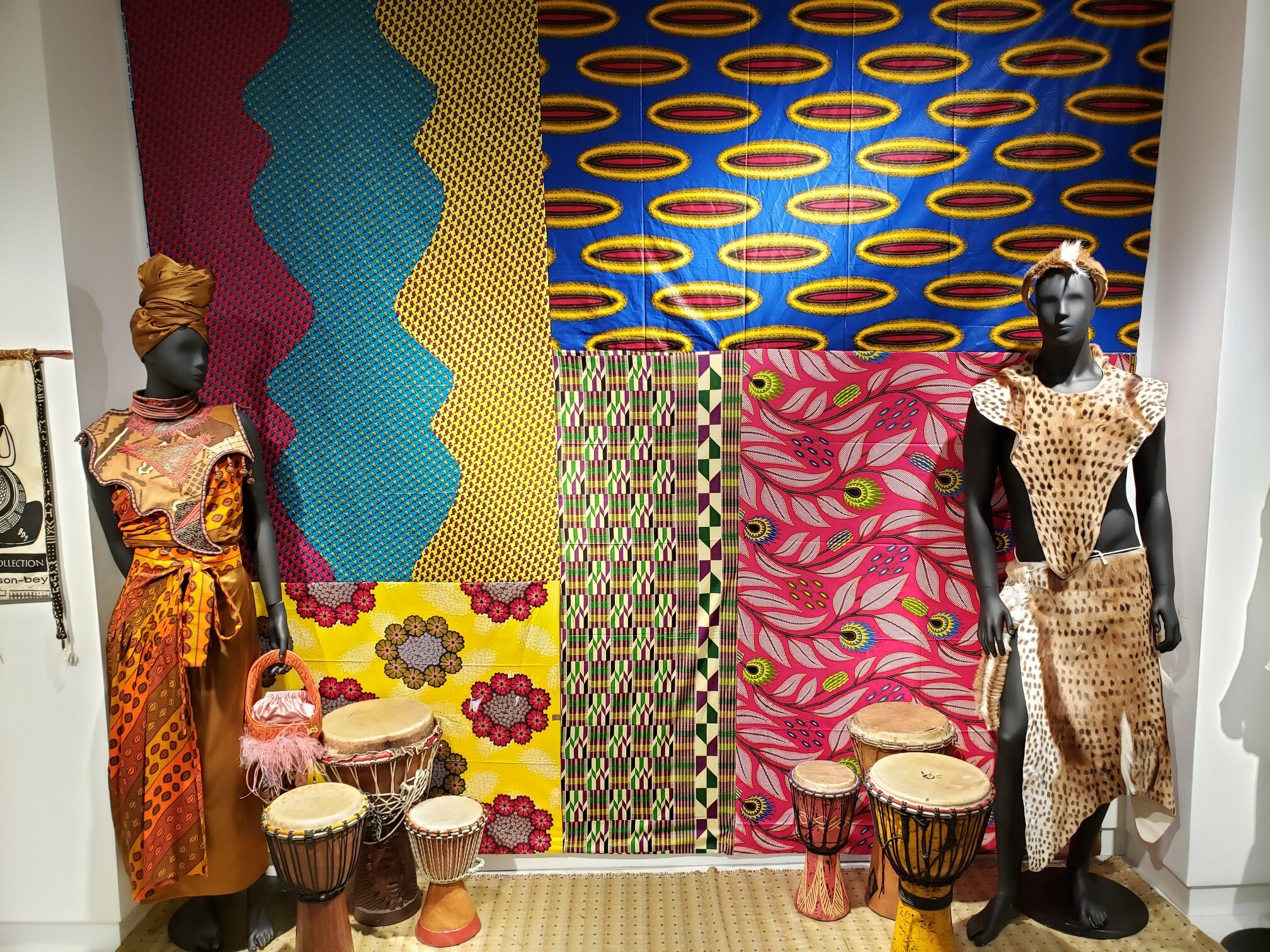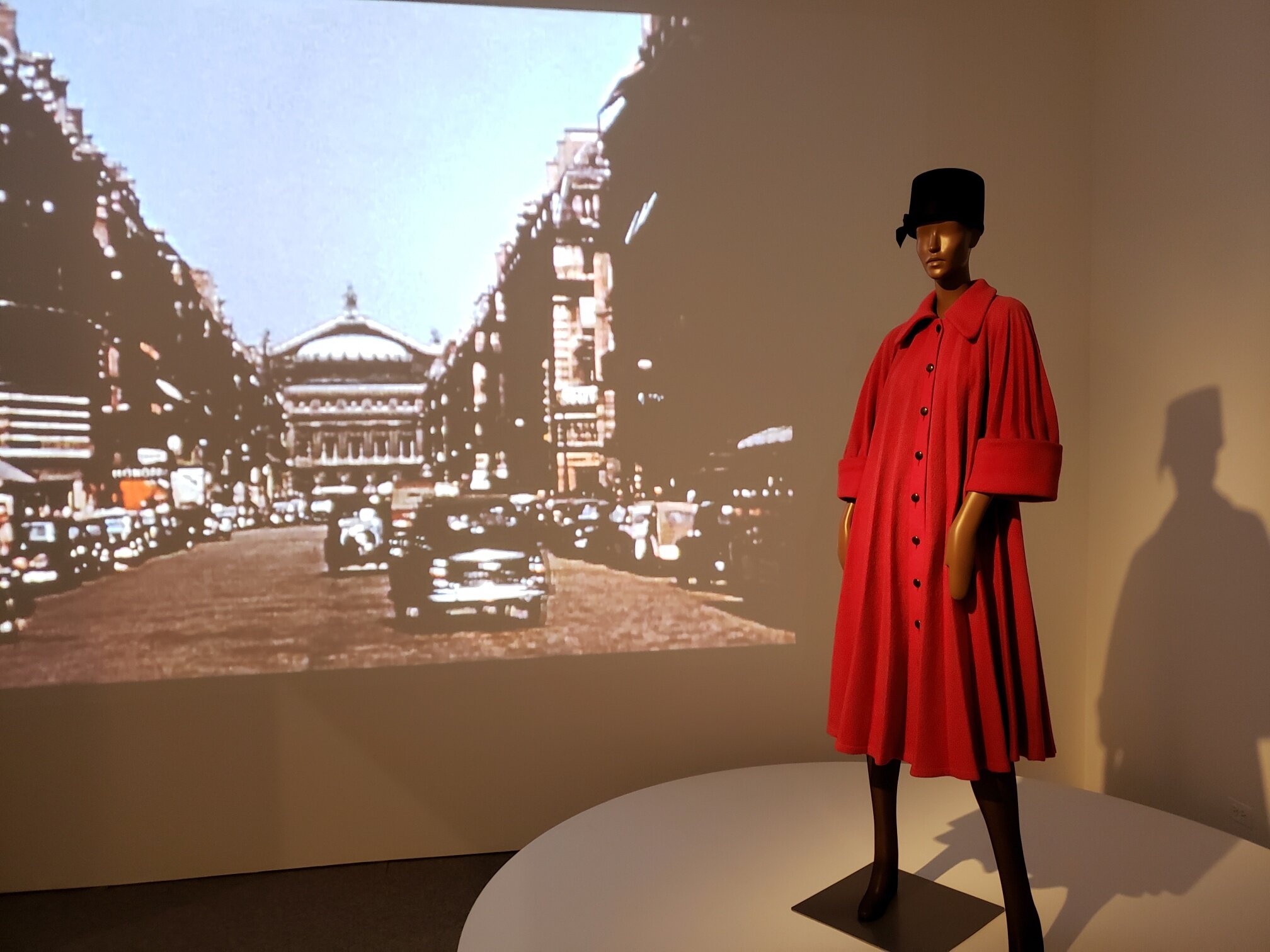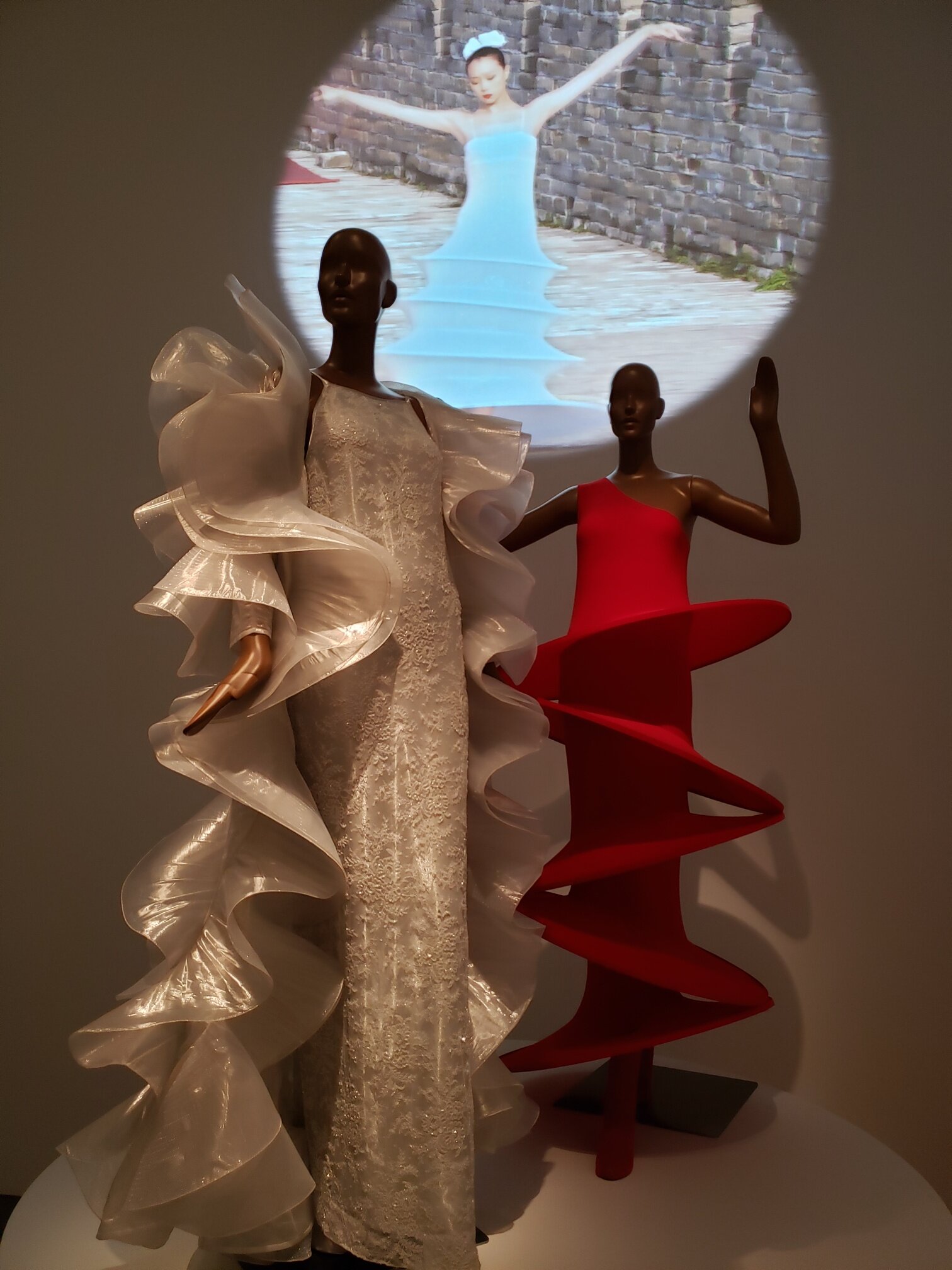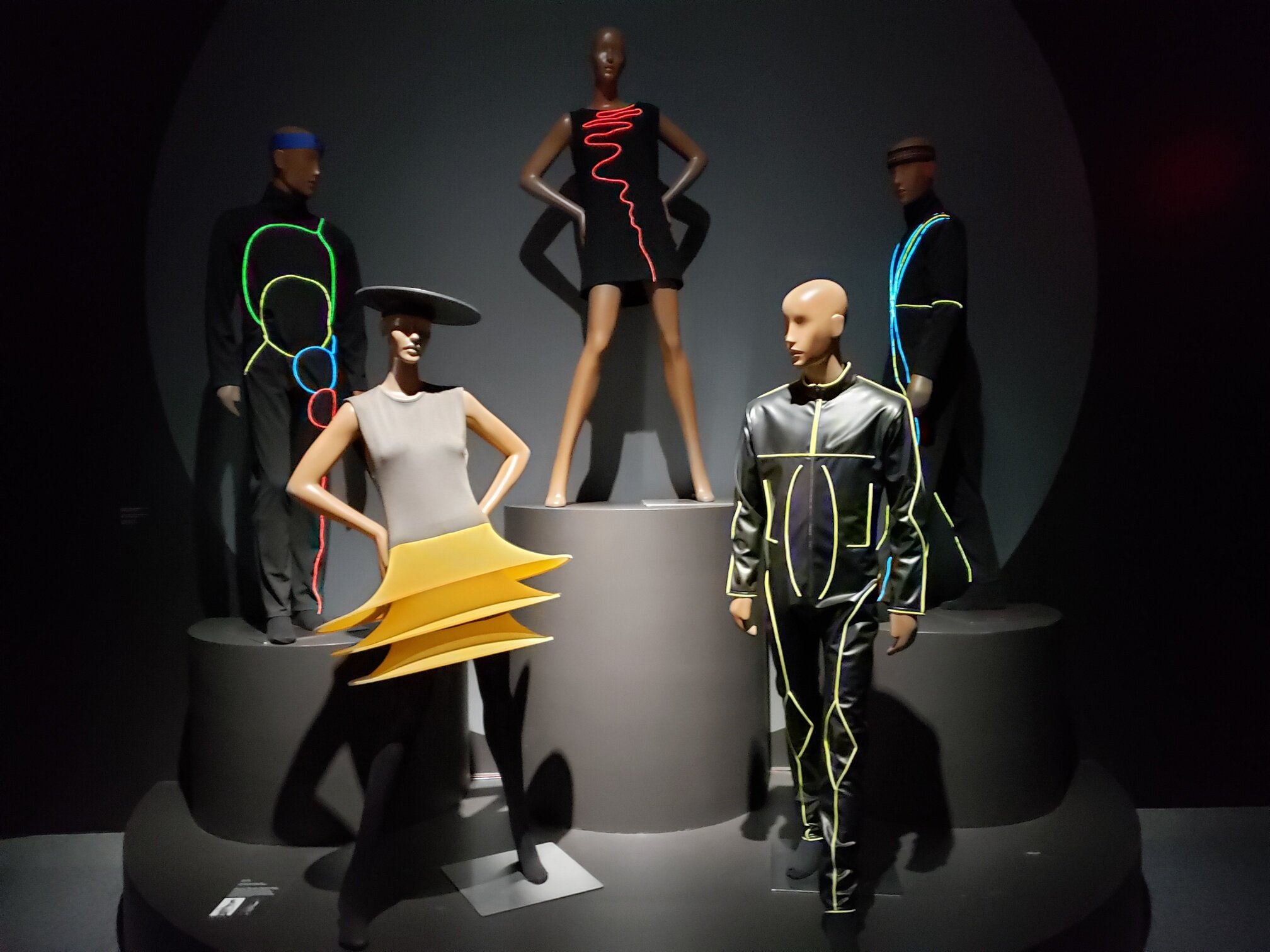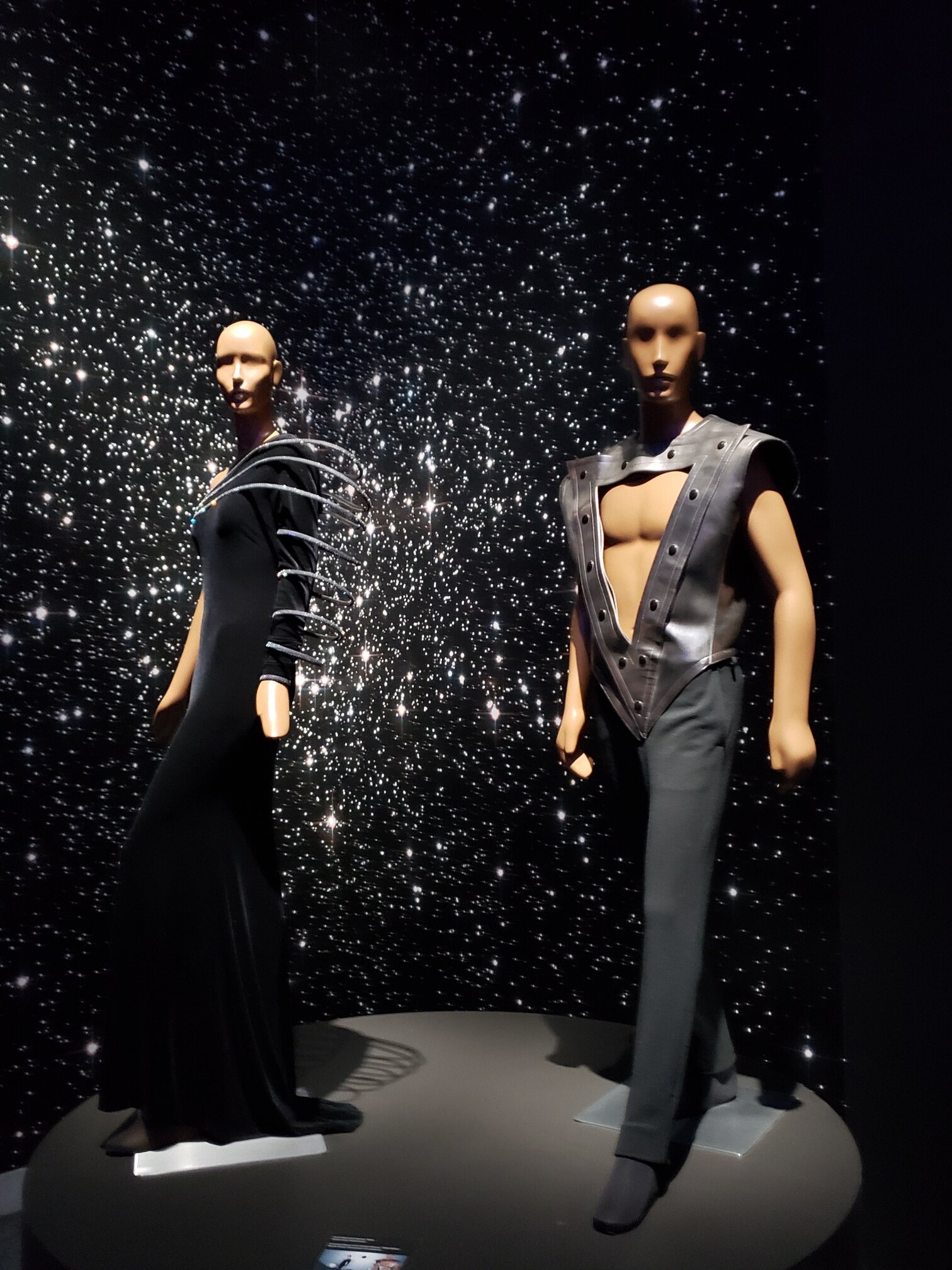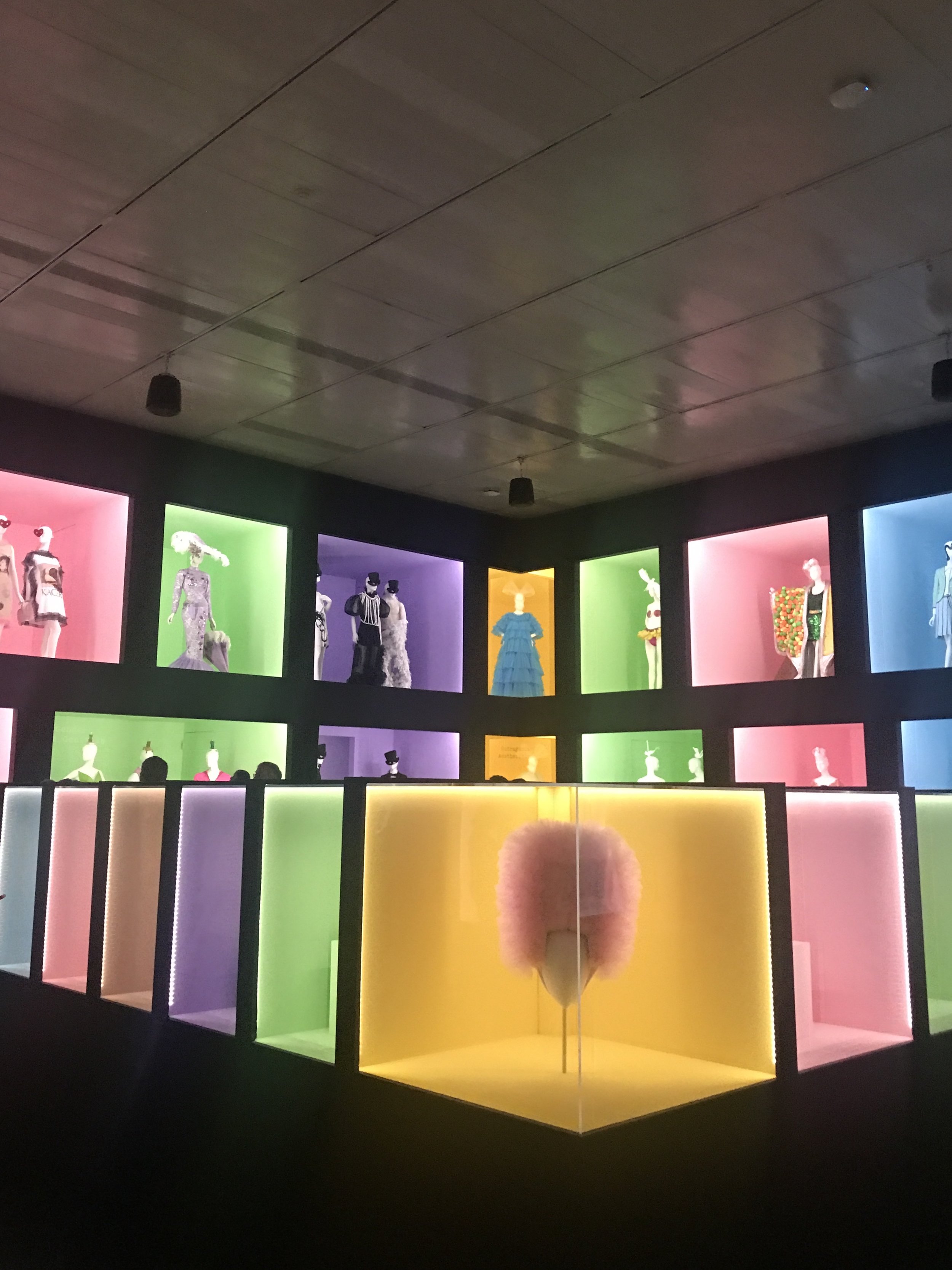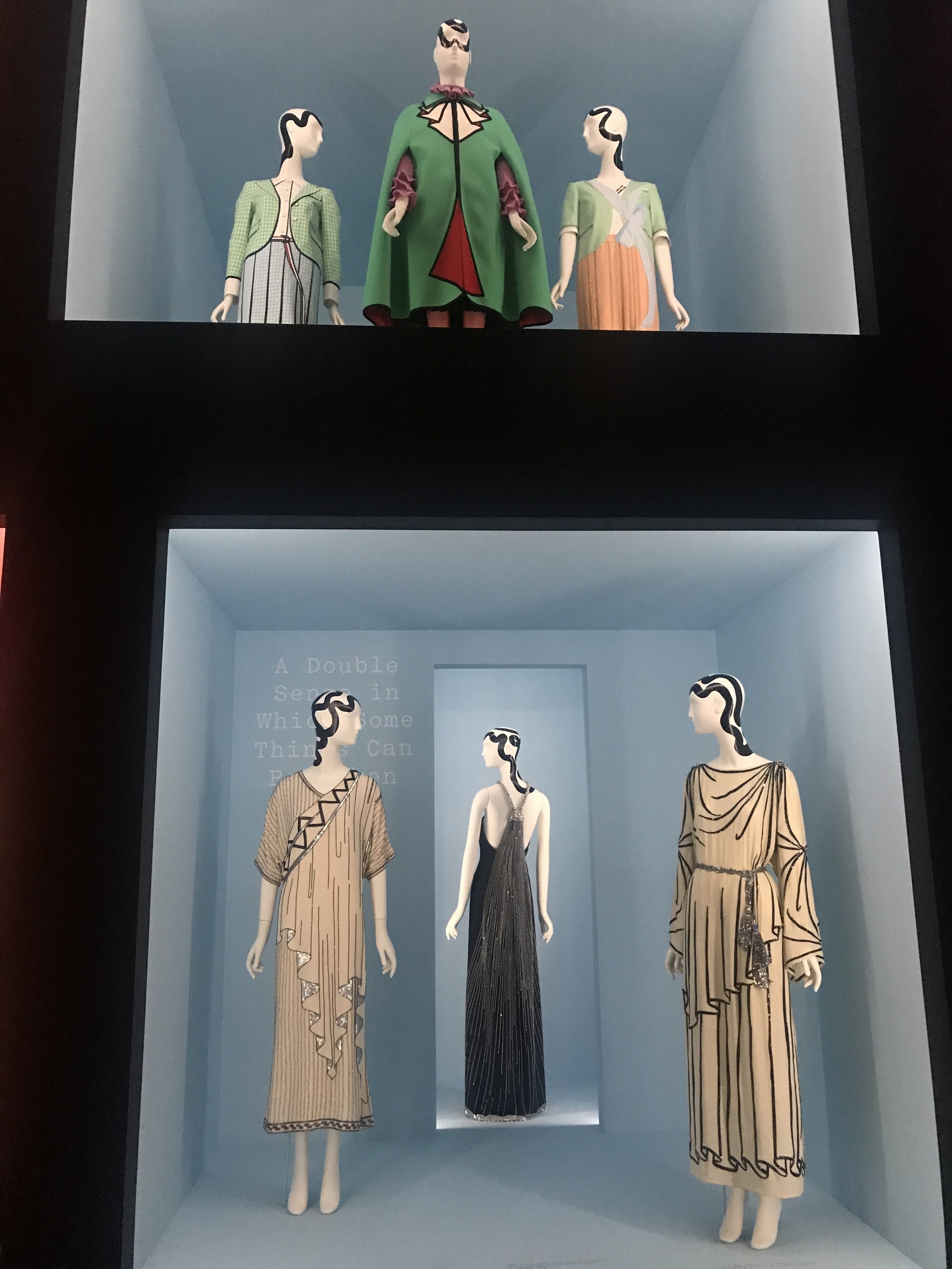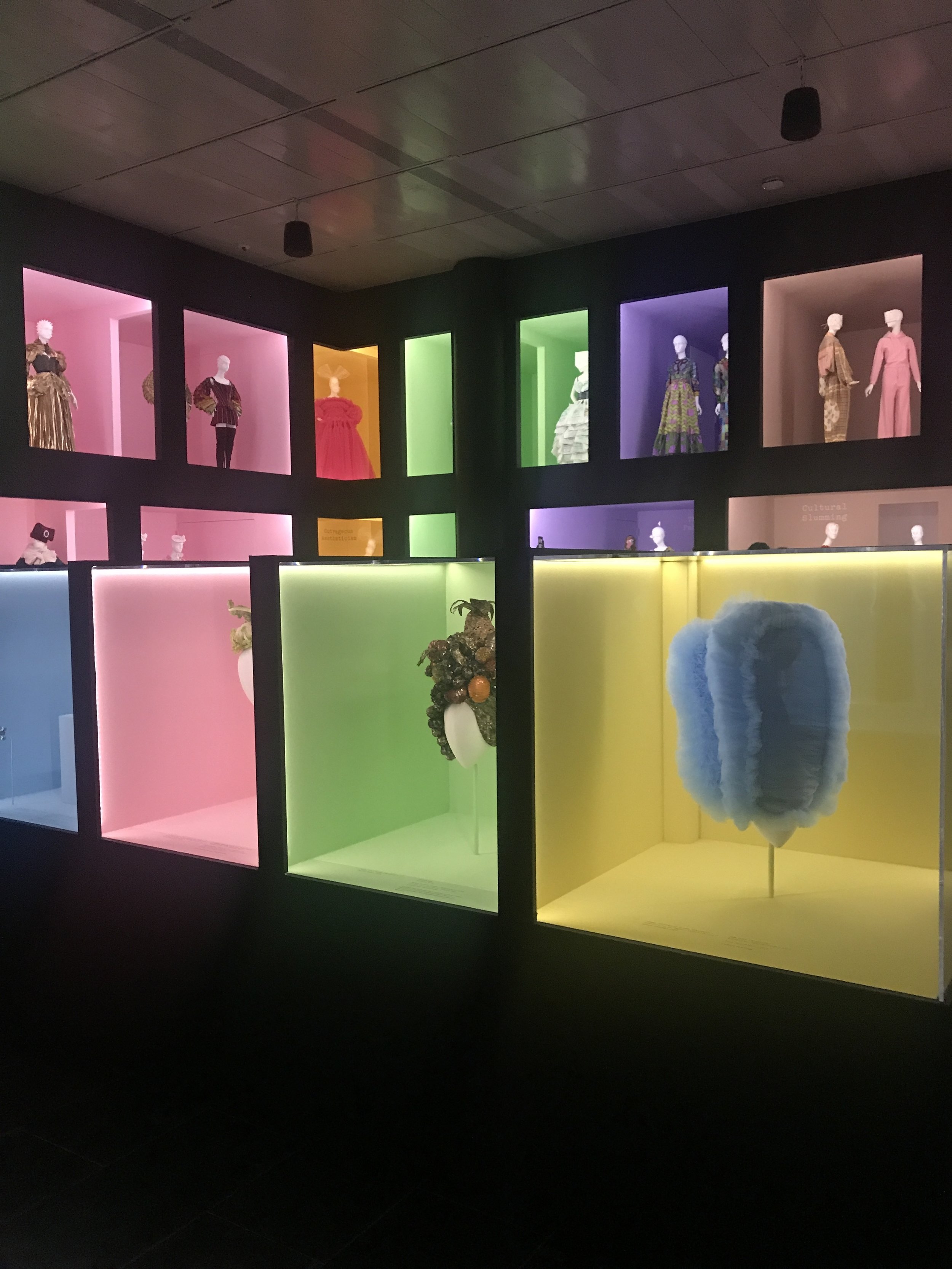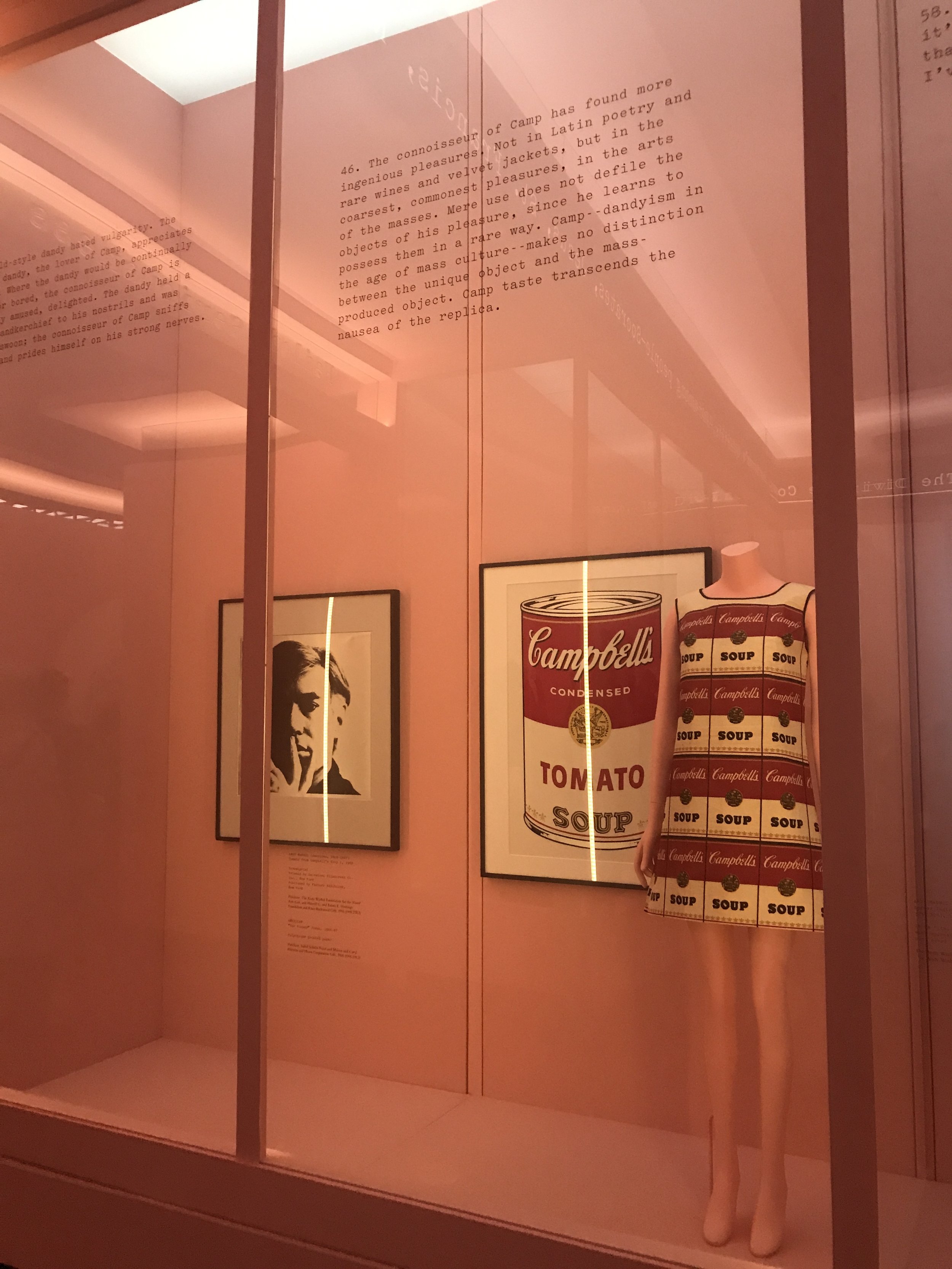Fashion Institute of Technology (“FIT”) Senior Illustration students are currently showcasing their talents along the walls of the FIT building along 7th Ave between 27th and 28th Streets. In tune with the 10th anniversary of “Chalk FIT” this year’s theme is "celebration."
The exhibit beautifully captures what “celebration” means to the students, revealing the variety of their thoughts and interpretations. A lot of the beautifully detailed artwork seems to draw inspiration from the diverse multicultural backgrounds of the artists themselves.
Lucky for us, many of these artists have thoughtfully included their Instagram handles and contact details above their work, providing an easy way for art enthusiasts like us to follow along their captivating artistic journeys! We are so fortunate to call such a highly esteemed and creative institution, FIT, our neighbors.

